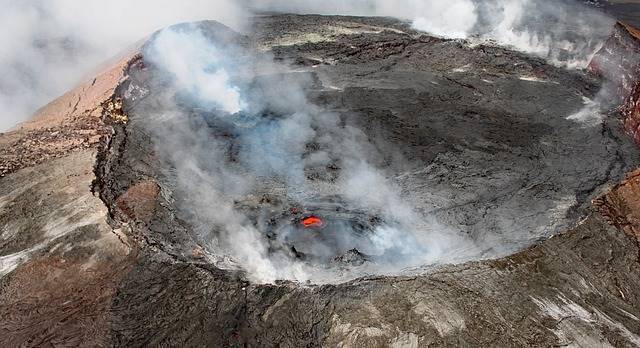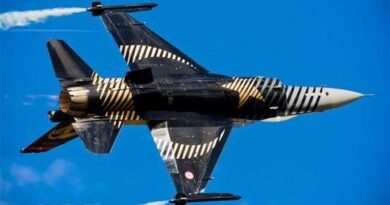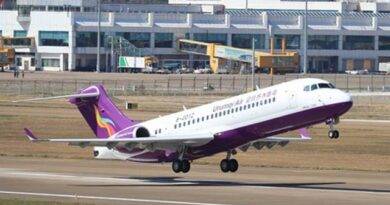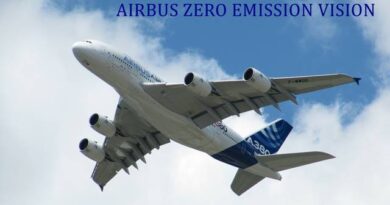Volcanoes and How They Effect Aviation
Volcanoes are geological formations that can cause significant disruptions to aviation due to the release of ash and other materials into the atmosphere. The effects of volcanic eruptions on aviation can range from mild to severe, with impacts on both safety and efficiency. In this article, we will discuss the various ways in which volcanoes can affect aviation, and the measures taken to mitigate their impact.
Effects of Volcanoes on Aviation:
Ash Clouds: The most significant impact of volcanic eruptions on aviation is the formation of ash clouds. When a volcano erupts, it can release large amounts of ash into the atmosphere. Ash clouds can pose a serious threat to aviation because they can damage aircraft engines, instrumentation, and windows. Ash can also cause visibility problems for pilots, making it difficult to see and navigate.
Flight Disruption: Volcanic eruptions can lead to the disruption of air travel, particularly if the ash cloud is large and widespread. Airlines may have to cancel or delay flights, reroute planes, or ground their aircraft altogether until the situation improves. This can result in significant losses for airlines and inconvenience for passengers.
Safety Risks: Volcanic ash can pose serious safety risks to aircraft, particularly if it enters the engines. The ash can cause engine failure, which can lead to a loss of power and control. The ash can also damage other parts of the aircraft, such as the airframe, leading to structural damage or failure.
Measures to Mitigate Impact:
Volcanic Ash Advisory Centers (VAACs): VAACs are responsible for monitoring volcanic activity and issuing advisories to airlines and aviation authorities. These advisories provide information on the location, extent, and movement of ash clouds, helping airlines make informed decisions about flight routes and schedules.
Aircraft Detection Systems: To help mitigate the impact of volcanic eruptions on aviation, aircraft detection systems have been developed. These systems use various technologies, such as radar and lidar, to detect and measure the concentration of ash in the atmosphere. This information can be used by pilots and airlines to make decisions about flight routes and schedules.
Contingency Plans: Airlines have developed contingency plans to deal with the disruption caused by volcanic eruptions. These plans include rerouting flights, canceling or delaying flights, and providing accommodations for passengers who are stranded.

Conclusion:
In conclusion, volcanic eruptions can have a significant impact on aviation, with the formation of ash clouds being the most significant threat. The effects of volcanic ash on aircraft engines and other parts can pose serious safety risks, leading to flight disruptions and financial losses for airlines. However, measures have been developed to help mitigate these risks, including the use of VAACs, aircraft detection systems, and contingency plans. By working together, aviation authorities and airlines can minimize the impact of volcanic eruptions on air travel and ensure the safety of passengers and crew.
References:
- Guffanti, M., & Miller, T. (2013). Volcanic ash: aviation’s most significant disruptive hazard. Elements, 9(4), 259-264.
- Tupper, A., & Aspinall, W. P. (2014). Volcanic ash and aviation safety: proceedings of the first international symposium on volcanic ash and aviation safety. Geological Society of London.
- Casadevall, T. J. (2010). Volcanic ash and aviation safety: proceedings of the first international symposium on volcanic ash and aviation safety. Geological Society of London.
- Carn, S. A., & Prata, A. J. (2015). Detection and monitoring of volcanic ash from space. Progress in Physical Geography, 39(6), 715-736.
- NASA. (2021). Volcanic Ash and Aviation Safety Program. Retrieved from https://science.nasa.gov/earth-science/natural-hazards/volcanoes/volcanic-ash-and-aviation-safety-program.


